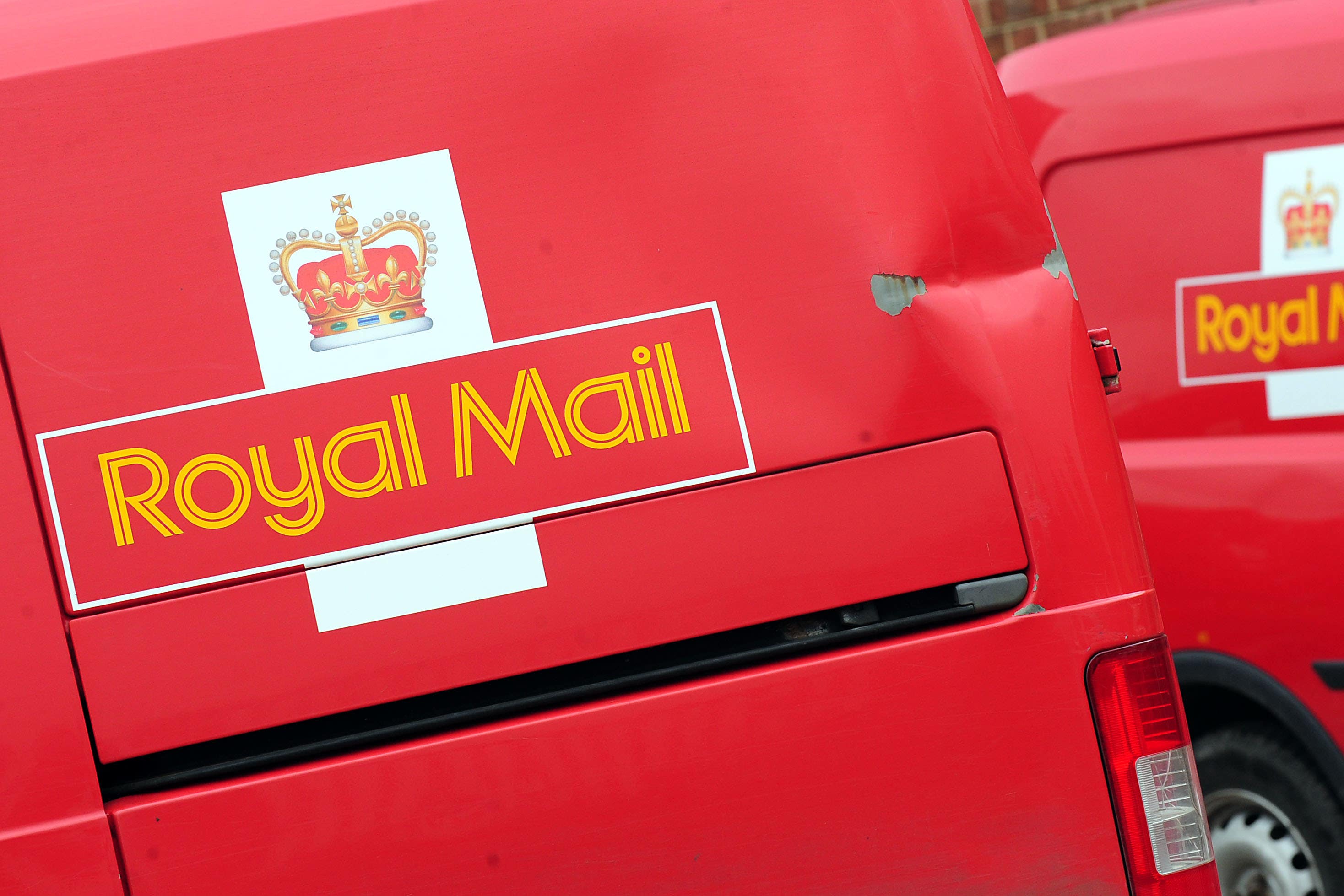First class stamp rises to record price
Citizens Advice has called for the firm to be held to account over ‘rocketing prices’

The price of a first class stamp has jumped from £1.10 to £1.25 in the third price rise in just 18 months.
Royal Mail have blamed “increasing cost pressures” and a “challenging economic environment” in the business for the 15p increase.
Charity Citizens Advice has called for regulator Ofcom to hold the firm to account over “rocketing prices” while still delivering a “poor service” to households struggling with rising costs.
The new price will come into force on Monday and means that stamp prices have more than doubled since 2012, the year before Royal Mail was privatised. In April 2022, the price of a first class stamp increased by 10p to 95p, and then in April this year the price went up to £1.10.
Matthew Upton, policy director at Citizens Advice, said: “Royal Mail holds a virtual monopoly on an essential public service that millions of people rely on, but despite missed delivery targets across the country this summer, Royal Mail has still chosen to hike prices.”

An Ofcom spokesperson responded that Royal Mail needs “flexibility” when setting stamp prices in light of a “rapidly evolving postal market” where people “send fewer letters and receive more parcels”.
Letter volumes are down more than 60% from their peak in 2004/5 and 30% since the pandemic, according to Royal Mail.
They also say the lack of reform of the so-called universal service obligation (USO) has played a part in price increases. The USO forces the Royal Mail to deliver letters six days a week to all 32 million addresses in the UK for the same price, no matter where letters are going.
Royal Mail chief commercial officer Nick Landon said: “We understand the economic challenges that many of our customers are currently facing and have considered the price changes very carefully in light of the significant decline in letter volumes.”



Join our commenting forum
Join thought-provoking conversations, follow other Independent readers and see their replies
Comments